Do smart light bulbs use electricity when off? And how much do they use?
Asking do smart light bulbs use electricity when off is a valid question, as you ought to know how much
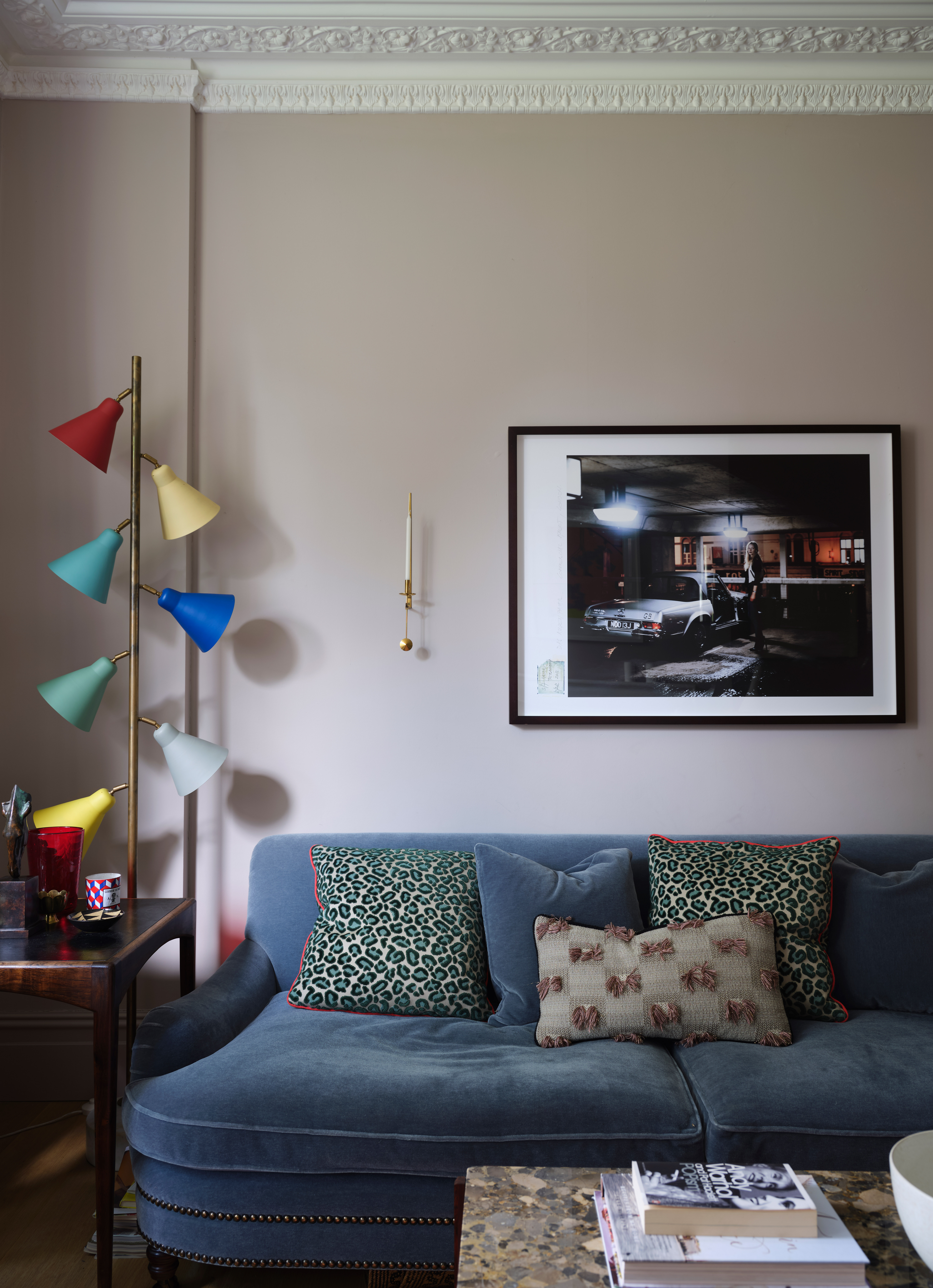

Asking yourself 'do smart light bulbs use electricity when off?' is a very current concern. With energy prices rising and sustainable practices becoming more and more desirable, knowing what in your house is draining power from your grid means you can make smarter and greener choices.
As to whether smart bulbs use power, and if this applies even to the very best smart light bulbs, the short answer is yes.
If you're asking this question because you want to factor in any extra charges for electricity when you upgrade your lighting, then you need to know power use is minimal.
Upgrading your current bulbs to smart bulbs will mean draw when off, but so minimal you wouldn't notice it on your energy bills. Expect an extra few cents a month, at most for the smart bulb's energy draw.
So why do smart bulbs use power when off and does it apply in all cases?
Why do smart light bulbs use electricity when off?
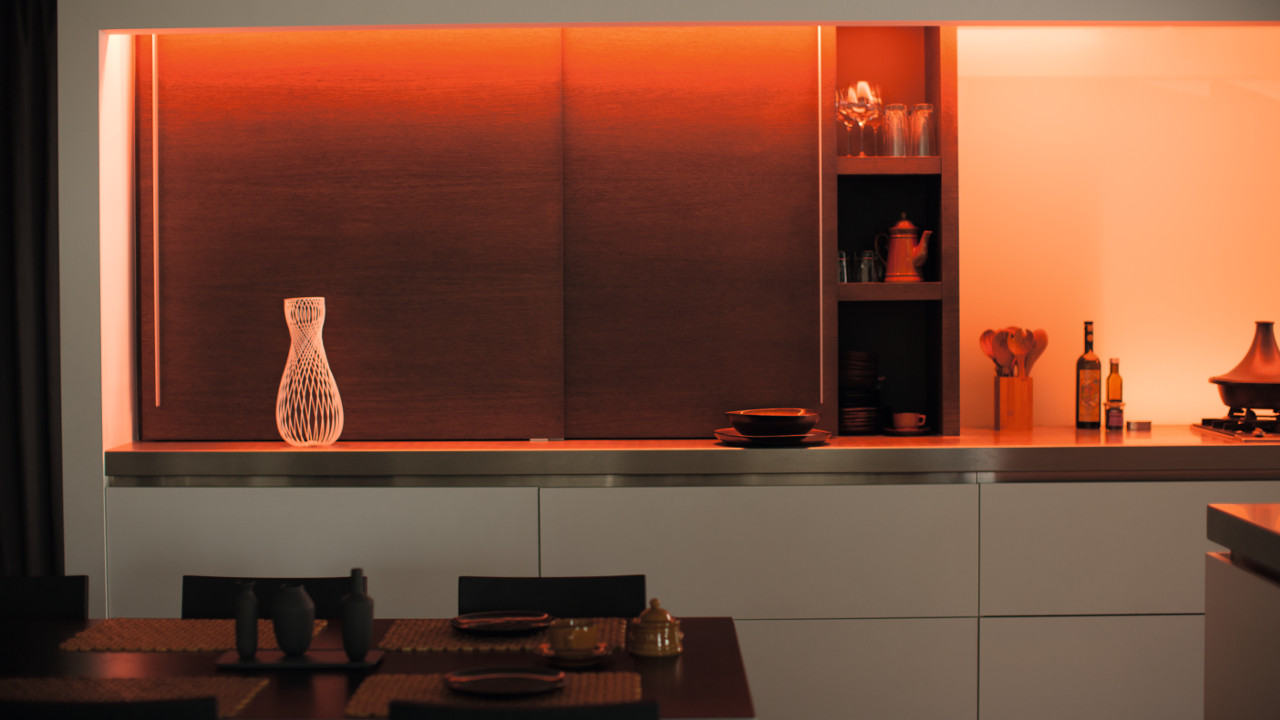
There is one main reason your smart bulb will use power when off and it falls under the term vampire power, or as it's more traditionally called, standby power. So the light itself won't draw power, not that it does much when on either, being LED.
If you know how to use smart light bulbs you'll know that what is needed constantly is a connection to controls. Unlike a traditional bulb that is wired to a light switch which physically turns the power on, a smart bulb needs to be able to turn on when you tap your smartphone or ask your voice controlled smart assistant. To do this is needs to be connected.
Whether the bulb is WiFi or Bluetooth connected, it will be constantly checking in with your router, smartphone, or its hub, to see if a request to power on is being made. That means when you turn the light on, it happens right away with no lag time.
Do smart light bulbs use electricity when off in all cases?
Your automated home may already be putting your energy use up so is adding smart light bulbs to the mix going to draw even more power? The answer is yes. If you want an always connected bulb that can be controlled remotely then it will need to use power to maintain that connection.
So no matter which brand you go for or what type of connection it uses – Bluetooth or WiFi – it will be drawing a low amount of power constantly, one of the main drawbacks of automated lighting. The most power efficient appears to be systems that daisy-chain the bulbs to talk to a hub, like the Philips hue setup does.
How much do smart bulbs cost when off?
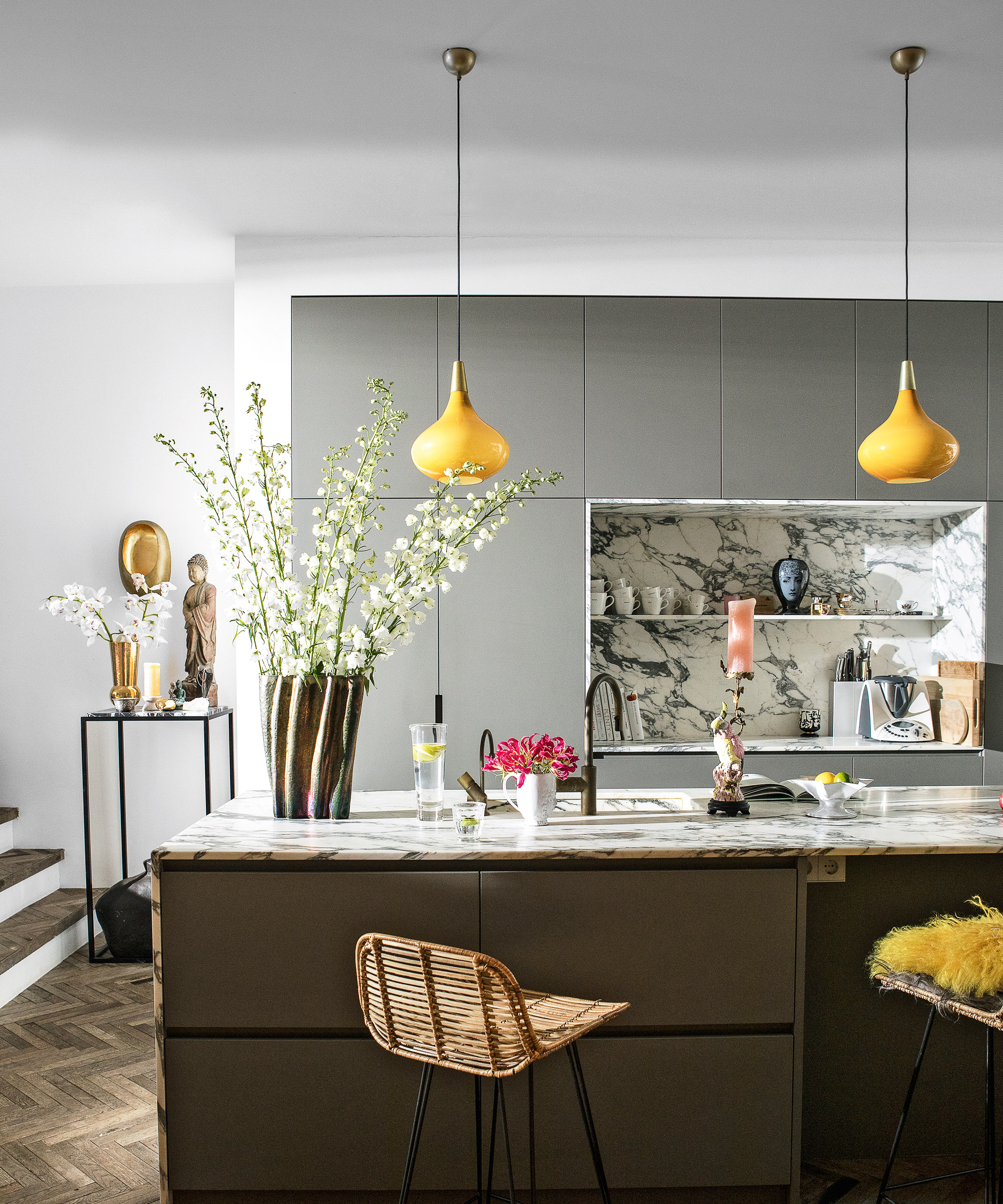
The power draw of a smart bulb that is turned off is very low, as mentioned above you won't be paying more than a few cents per month per bulb. While that may not be something you notice on your energy bill, if you have lots of them it can make more of a difference.
The Philips Hue draws between 0 and 0.3 watts which, based on paying a little above average at 15 cents per kilowatt, this will cost you 1.6 cents per month.
Say you kit out your entire home with smart bulbs, using 20 or 30 of them, then you can expect to notice the vampire power draw more. We're still talking less than a dollar a month but it will be something you're paying for longer term, which you may want to factor in when upgrading your lighting.
Can smart bulbs still save money?
It might seem odd that swapping your bulb that doesn't draw power when off, for a bulb that does, can actually save you money. But it's possible. Since smart light bulbs are LED based, they draw very little power for the light itself and they also have a long lifetime of around ten years on average.
But the smart controls – despite coming from a connection which costs you in standby power use – can save you money. It means you can turn your lights off from wherever you are. It also means you can easily set schedules to make sure the bulbs are only on when needed. Ultimately saving you not only in power drain but also by extending the life of the bulbs themselves.
Be The First To Know
The Livingetc newsletters are your inside source for what’s shaping interiors now - and what’s next. Discover trend forecasts, smart style ideas, and curated shopping inspiration that brings design to life. Subscribe today and stay ahead of the curve.

Luke is a veteran journalist and editor of over two decades where he has written about everything but specialises is technology, science, health and fitness, smart homes and health. He contributes to Real Homes, T3, Tom's Guide and TechRadar, among many other titles. As a father of two, any spare time he gets is enjoyed surfing, reading, hiking, camping and generally getting out in nature.
-
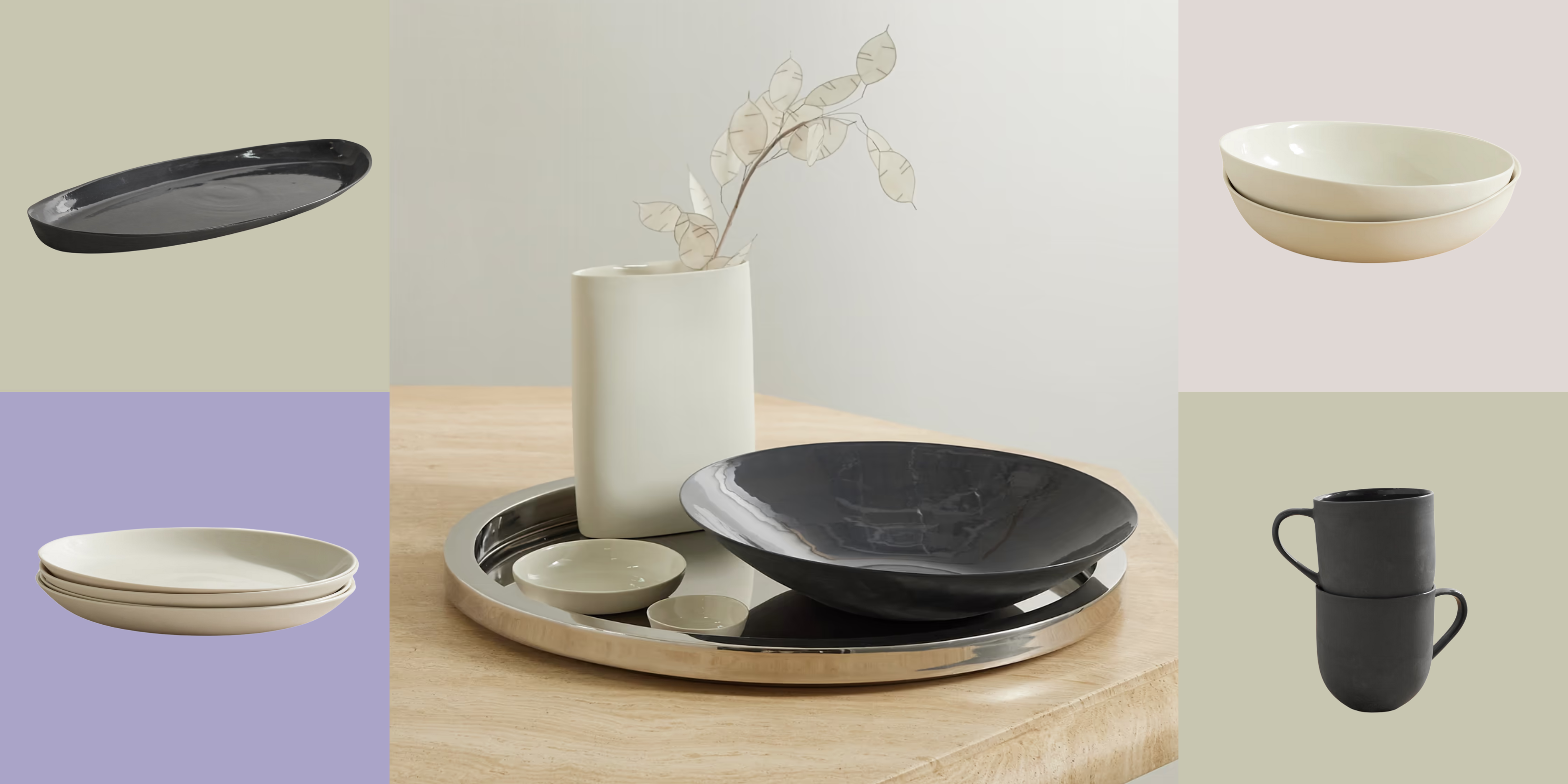 Turns Out, Sustainable Design Can Be Chic, and Net-a-Porter's 'Net Sustain' Curation Is Proof — Here's What I'm Shopping
Turns Out, Sustainable Design Can Be Chic, and Net-a-Porter's 'Net Sustain' Curation Is Proof — Here's What I'm ShoppingFrom the Net Sustain collection, Mud Australia's homeware is not only design-oriented, but eco-focused, too
By Devin Toolen
-
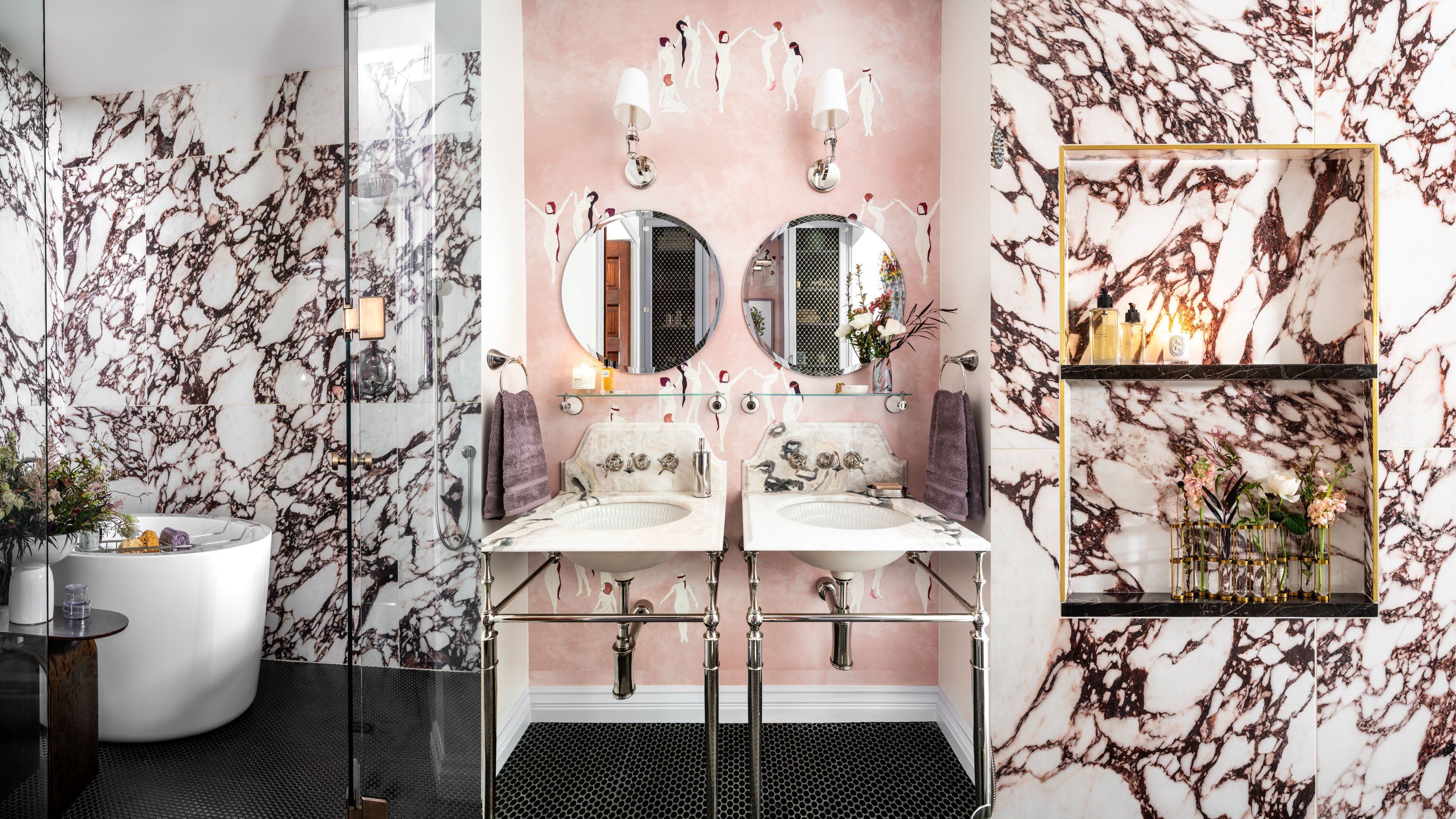 Before and After — How This Jewel-Box Bathroom Made the Most of Its Proportions With Maximalist Design and a 'Soaking Tub'
Before and After — How This Jewel-Box Bathroom Made the Most of Its Proportions With Maximalist Design and a 'Soaking Tub'This design offers a masterclass on creating a luxurious bathroom that is equally playful and elegant.
By Maya Glantz